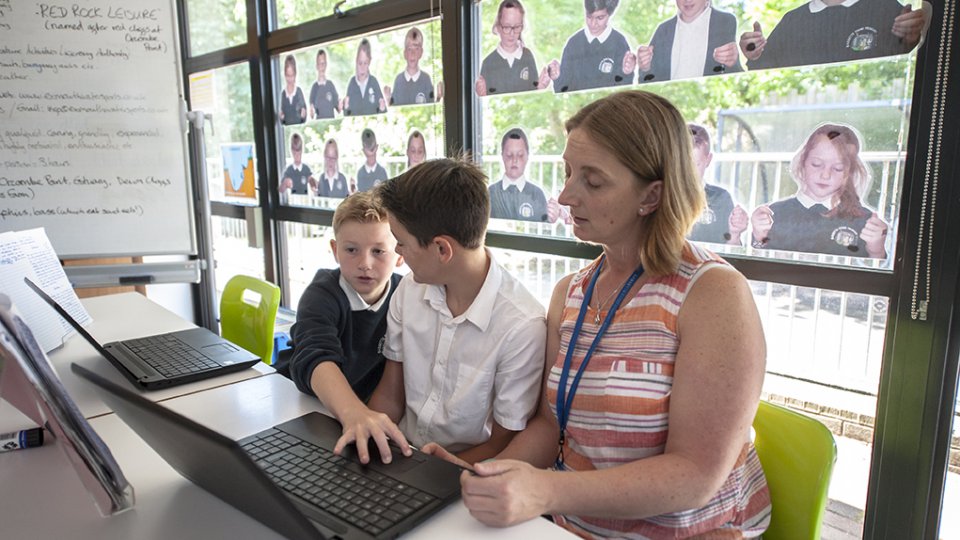The Department for Education published a consultation on December 14th 2017 to obtain views on the proposed changes to the statutory guidance ‘Keeping Children Safe in Education’ for schools and colleges in England. The proposed changes are due to be introduced for September 2018 and include changes and clarification points with regards online safety.
Online Safety was one of the major updates when the current version of the guidance was introduced in September 2016, including a series of considerations and expectations for schools regarding the risks posed by the internet and technology to children.
Whilst the majority of the proposed changes are focused on Part 3 (Safer Recruitment) and Part 4 (Allegations of abuse made against teachers and other staff), the following proposed changes relate to online safety:
- Paragraph 78 has been made clearer, confirming that “proprietors should ensure that children are taught about safeguarding, including online safety”, making it clear that “safeguarding” in this context includes “online safety”
- Additionally Annex B now includes confirmation that online safety should be considered when training designated safeguarding leads, reflecting the importance of as set out in Part 2 of the guidance.
The consultation can be found online at https://consult.education.gov.uk/safeguarding-in-schools-team/keeping-children-safe-in-education/
The consultation closes at 11:45pm on 18 February 2018
UK Safer Internet Centre Response
The UK Safer Internet Centre welcomes the advice for schools and colleges on how to prevent and respond to reports of sexual violence and harassment between children. We have also welcomed the introduction of online safety into the statutory guidance over recent years and supports these proposed changes. In response the UK Safer Internet Centre will also recommend that governing bodies and proprietors should ensure that an annual online safety risk assessment is completed. It will also highlight the safeguarding support offered by its Helpline in supporting the childrens workforce with online safety issues.
Why an Annual Online Safety Risk Assessment?
Evidenced by many of the 12,000 schools using the 360 degree safe self assessment tool, there are some great examples of schools already undertaking annual risk assessments. Given the changing nature of threats posed to children by the internet coupled with the rich diversity of technological adoption and context across the UK, UK Safer Internet Centre recognises this is best practice and should now be systematically introduced.
For schools and colleges to discuss these issues and risks at least annually will mean that their online safety policy and provision will be more effective at preventing harm. Mitigation measures and safeguards will be systematically assessed and amended to manage the identified risks in their context. It will also mean that the school or college will be better placed to articulate and evidence its online safety policy and provision when challenged.
UK Safer Internet Centre Helpline
Schools and Colleges are at the vanguard of online safety issues with the majority of safeguarding issues having a digital dimension. Given the extent of this technological use, it can be enormously challenging for schools and colleges to understand and navigate.
The UK Safer Internet Centre Helpline was established to support those working with children by removing the technological challenge through advice and guidance, leaving schools and colleges to concentrate on safeguarding. The Helpline has developed a significant capability, via its operational connection to the majority of social media providers and understanding of their policies, platforms and processes, in removal of harmful content.






